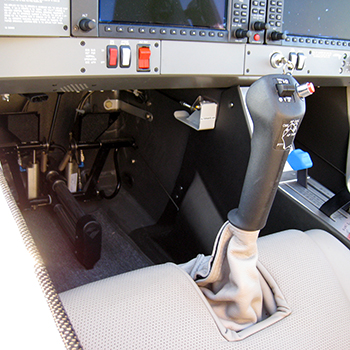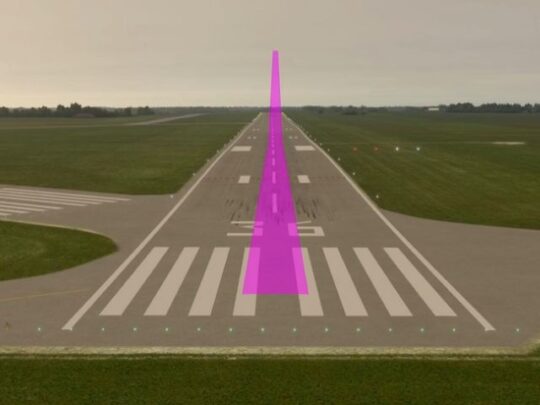Subscriber question:
"What’s something people routinely overlook on preflight?" — Sophie S.
Tom:
 “The most dangerous thing I see pilots do incorrectly—or skip altogether—is: ‘Controls: FREE and CORRECT.’
“The most dangerous thing I see pilots do incorrectly—or skip altogether—is: ‘Controls: FREE and CORRECT.’
Obviously, it’s important to check for damaged control cables or even reversed controls due to improper maintenance, as well as foreign objects or a forgotten gust lock preventing motion. But that’s not all. I’ve seen iPad mounts, or items on the copilot’s seat, block movement of a yoke. I’ve seen a dropped water bottle jam the right-side rudder pedals. I’ve seen a cable to a strap-on push-to-talk switch prevent the control wheel from moving all of the way back, and installation of a new device on the instrument panel prevent motion full forward. Even a large right-seat passenger can be an issue.
All of these are discoverable by checking that the controls are free, that they move smoothly to their full limits, and that they are correct in their response to control inputs.
The best method is a ‘box check.’ Move the controls in a rectangular ‘box’ through their entire range of movement, visually checking the stick or yoke position and the control surface outside. It’s best to do it in the same sequence so the combination of aileron and elevator positions are the same: stick left and forward is left aileron up, right down, and elevator down; stick left and back keeps the ailerons steady and puts the elevator up; and so on. The controls must move smoothly without binding or hanging up at any point in the box check. Here’s a tip: Whichever hand you’re using to hold the controls, if you extend that thumb upward it will point at the aileron that should be fully up.
Some airplanes with a steerable nosewheel or tailwheel, and most with a free-castering one, allow full rudder motion while stationary. Others might require checking rudder motion where you can do an S-turn during taxi.
If you can’t see a control surface, like the elevator, from the pilot’s seat you might be able to see its shadow on the ground. In extreme cases, especially when picking up an airplane after maintenance, have someone outside the airplane verify proper control movement. I’ve lost two friends who took off with elevator cables hooked up backwards, in two separate accidents.
I do the control check first thing upon entering the airplane, so I can address issues before engine start. I do it again just before entering the runway for takeoff to ensure nothing has blocked or bound up the controls during taxi.”
Has it been your habit to check controls both FREE and CORRECT?

